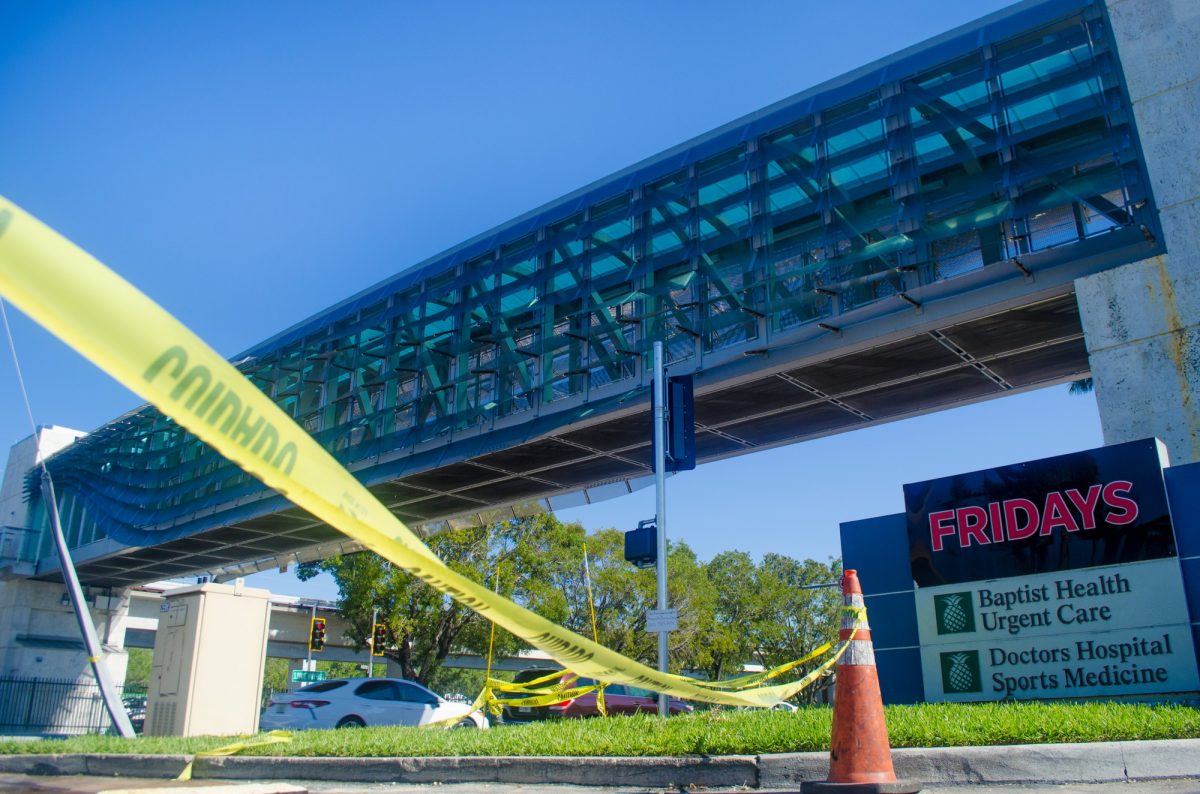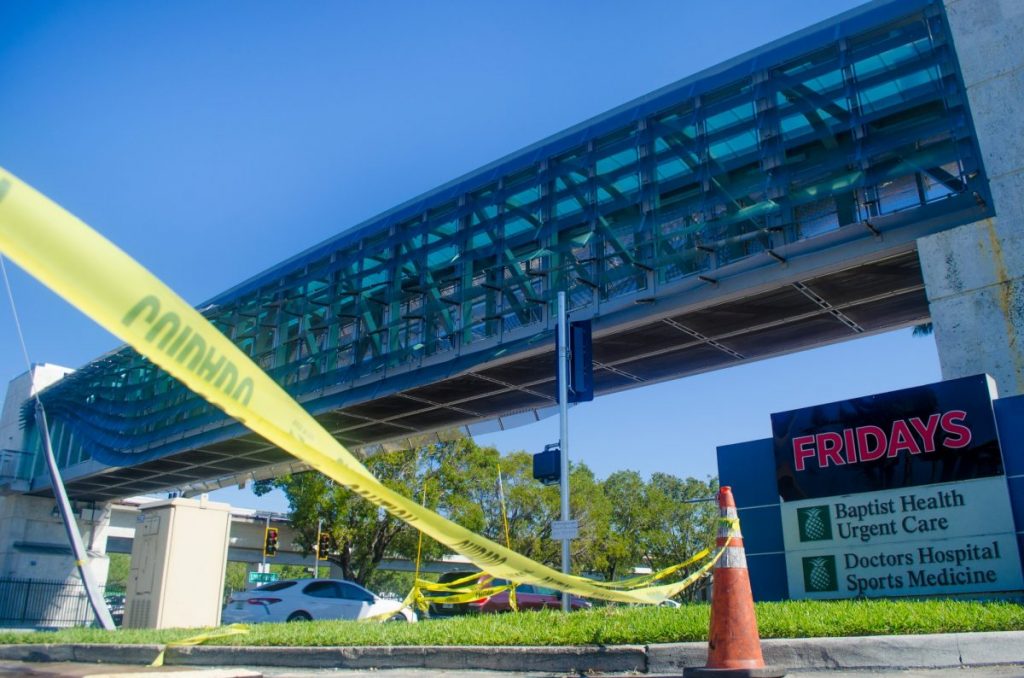

When you watch the video of the bridge connecting Florida International University to Sweetwater coming down, you see calamity. Then, a second later, you see people. Four lanes of cars whose drivers rush out to respond to a disaster they never planned to witness.
Miami drivers get a lot of flak but, on this day, they served as a testament to the best of humanity, acting on an innate human urge to help. So did the scrubs-clad doctors and nurses, and even everyday citizens, who rushed into the rubble to save lives and add some order to the unfolding chaos.
As we continue to confront the wake of sudden tragedy – the sort that’s plagued South Florida lately – we must remember to put people first.
First, in healing. Be kinder to people, now and always. My dad talks about the “9/12 effect,” the ubiquitous kindness and empathy that could be felt on the day after 9/11 or, more recently, in my hometown of Coral Springs following the Stoneman Douglas shooting.
There’s certainly something special about how we treat each other the best at the worst of times. But there’s also something twisted about it. Why save our warmest gestures and love for the days we hope never happen? Might we not enjoy a better, more cohesive society if we employed empathy as a rule, not just a knee-jerk reaction to tragedy?
We ought to recognize the potential of the people that surround us, from bosses to strangers, fellow drivers and shoppers. If recent tragedies have shown us anything, it’s that the good outweighs the bad, tenfold. There will always be more people willing to risk their lives than those willing to take lives away, more people running toward a bridge than brushing off signs that foresaw its fall.
People must come first in considerations about the bridge’s failure, too, not just in determining who is at fault but in designing a roadway to prevent tragedies like this from ever occurring.
FIU lost a student crossing the street before its bridge was built – so did the University of Miami, before our bridge was built. It’s easy to frame roadway dilemmas as “motorists vs. pedestrians” – until you watch those drivers rush out of their cars to help at a split second’s notice. Finding a way to serve them both drivers and pedestrians as people first (like the cars, bikes and people-friendly “woonerf” that’s to be built in Wynwood) is paramount, instead of continuously seeking out methods that favor the status quo of fast, wide, arterial roads.
Ultimately, though, healing has to happen now, independently of investigations and potential solutions. Whenever you find yourself feeling distressed at the state of the world, at disasters like this one, take a page out of Mr. Rogers’ book:
“When I was a boy and I would hear about something scary, somebody getting badly hurt or something like that, I’d ask my parents or my grandparents about it … my mother would try to find out who was helping the person who got hurt. ‘Always look for the people who are helping,’ she’d tell us. ‘You’ll always find somebody who’s trying to help.’”
Grace Wehniainen is a junior majoring in Motion Pictures.





